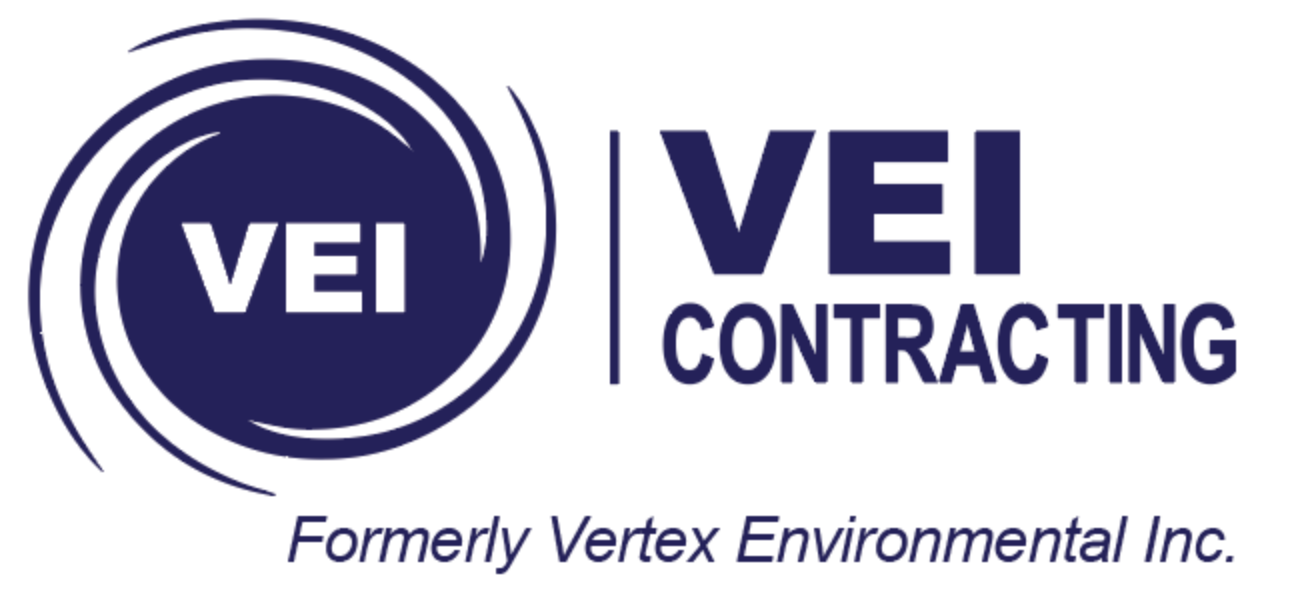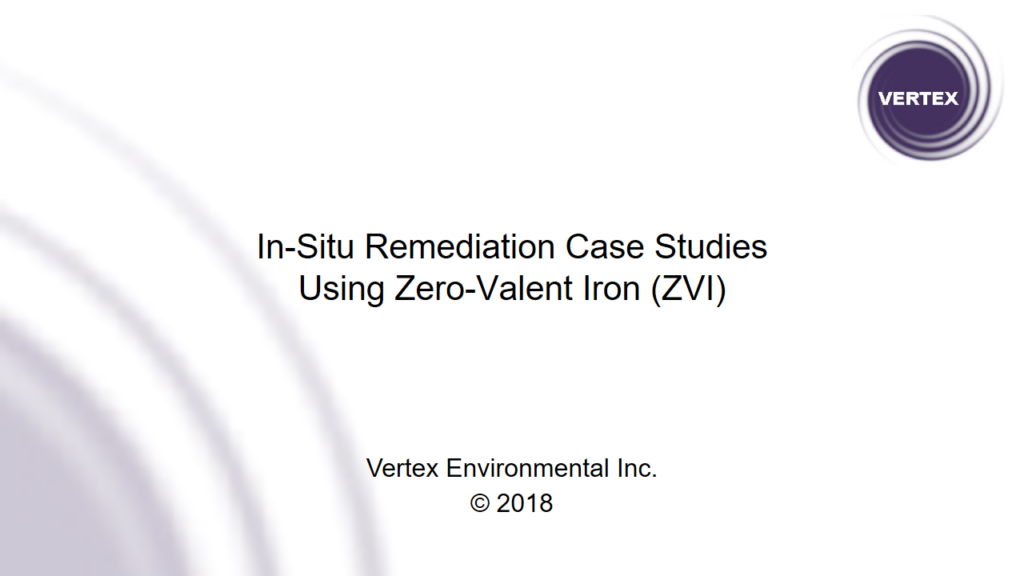Overview
Many technologies have been developed to remediate volatile organic compounds (VOCs) in soil and groundwater over the past decade, including various physical, chemical and biological approaches. Despite advances, chlorinated solvents and their degradation products (cVOCs) are still often the most problematic in terms of meeting remedial objectives. Even low residual cVOC concentrations can pose an issue from a vapour intrusion perspective, which is why groundwater remedial targets are often in the low parts per billion (ppb) range.
Many common remedial approaches (i.e., excavation, chemical oxidation, etc.) encounter limitations when trace amounts of cVOCs remain sorbed onto soil particles or within bedrock fractures, or diffused within the matrix itself, and subsequently serve as a source of cVOC “rebound” in the groundwater.
Vertex has dealt with hundreds of such cVOC sites over the past decade and has developed an extensive toolbox of remedial approaches and technologies that have successfully overcome these problematic cVOC plumes. This presentation presents real-world case studies from three sites where we have recently designed and implemented remedial programs to address low level cVOCs in groundwater, including sites where:
- A new generation of activated carbon-based media (Trap & Treat® BOS 100®) was employed to create an adsorptive and treatment zone to remediate a plume of 1,1,1-trichloroethane (TCA) and trichloroethylene (TCE);
- An “iron wall” was injected along a property line to depths of over 10 m to treat a plume of high strength dry cleaning solvents down to below risk-based standards; and
- Bench-scale testing allowed an enhanced reductive biodegradation approach to be designed to successfully remediate a 15 m deep plume of dichloroethane (DCA) and dichloroethylene (DCE).
All case studies include a presentation of site characteristics, remedial approach and post-remediation groundwater monitoring data demonstrating that remedial targets were achieved and maintained.
Download PDF


